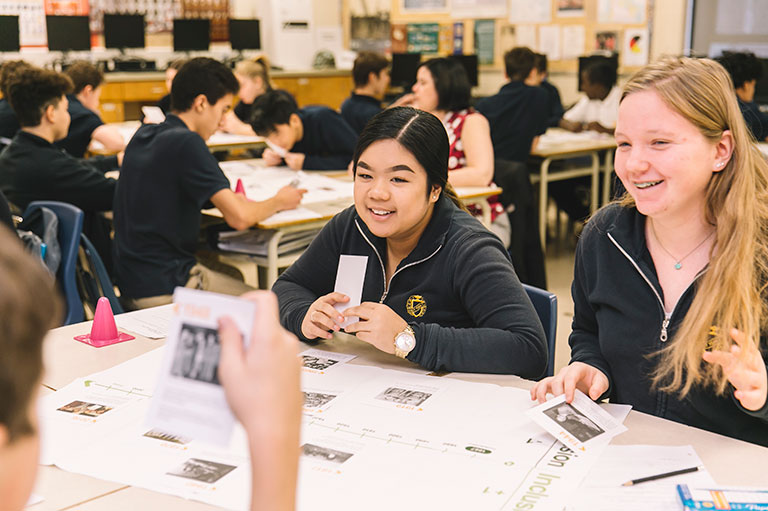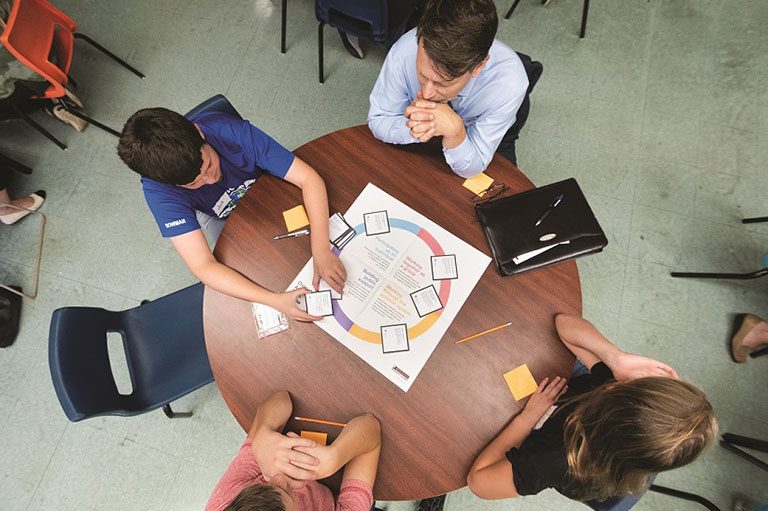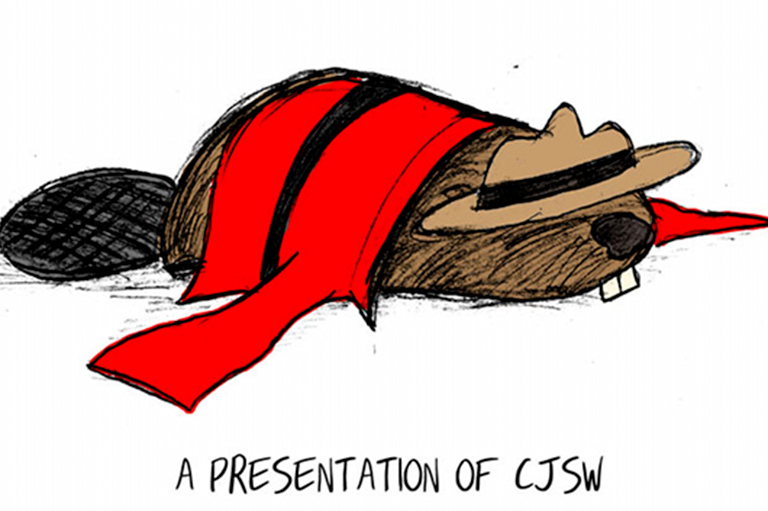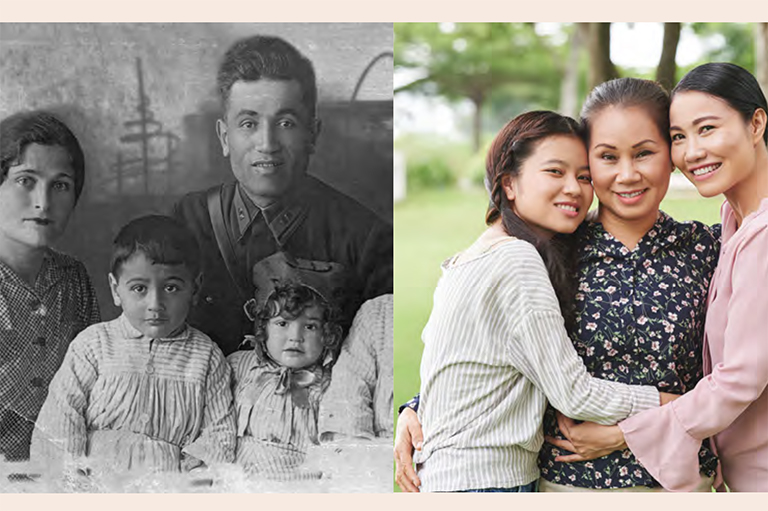Using History to Understand our Democracy Today
Engaging students in elections and democracy might seem like a big challenge, but historical case studies can help illuminate Canada’s past and present.
Elections Canada has developed some new resources to help you engage your students in conversations about elections, history and democracy. The resources are designed for students in secondary schools and align with the curriculum in all provinces and territories.
Voting Rights Through Time is a 75-minute lesson that gets students discussing, debating and collaborating using historical case studies. Students explore, in small groups, historical events related to voting rights for Japanese-Canadians, women and youth since Confederation.
They work to build a “timeline with attitude” using primary source cards and create their own narrative about the history of inclusion in voting rights. They can see quite literally the change and continuity over time in this hands‑on activity.
Students can also explore the idea of turning points in history by deciding where to place the “turning point frame” on their timeline story. They practice critical and historical thinking, and generate more questions for inquiry.
To help them answer their questions, we have also provided background information for each case study, as well as a more general history of elections in Canada. The whole activity is designed to support your curriculum and springboard students into further inquiry and engagement.

Civic Action: Then and Now explores the past in a different way, by looking at the ways that Canadians took action to gain voting and other rights.
In this activity, students explore the case studies Women and the Vote and Aboriginal and Treaty Rights. What actions did citizens take to make change? Students sort those actions into different categories in the model of civic action provided.
Based on the work of civic education scholar Dr. Alan Sears at the University of New Brunswick, the model has four sections: participating as an individual, working together as a group, building public support and working through the political system.
While the teacher’s guide provides suggested placements, the conversation that students have is the most important part of the activity. Suggested discussion questions and an exit card are provided to expand student thinking and provide opportunities for feedback. Students could also use the model to start planning their own civic actions and become more active and engaged citizens.

These activities are available in simplified language versions for students who are learning language or struggling with literacy. We have found that many students benefit from the reduced and simplified text so that they can spend more of the time talking about the issues that matter to them.
All of our resources are free for teachers across Canada and they are available anytime, whether there is a federal election or not. You can order them from our education website and we will ship them directly to you. You can also download everything from the website at any time.
If you do use them in your classroom, we want to know about it! Connect with us on Twitter (@democracyCA) or Facebook (Elections and Democracy) to share what is happening in your classroom and to join the conversation with teachers and students right across Canada!
Themes associated with this article
Advertisement




